Explore our comprehensive guide to respiratory diseases, offering practical advice, management strategies, and information crucial to living fully despite these challenges. Discover innovative solutions for a fulfilling daily life.

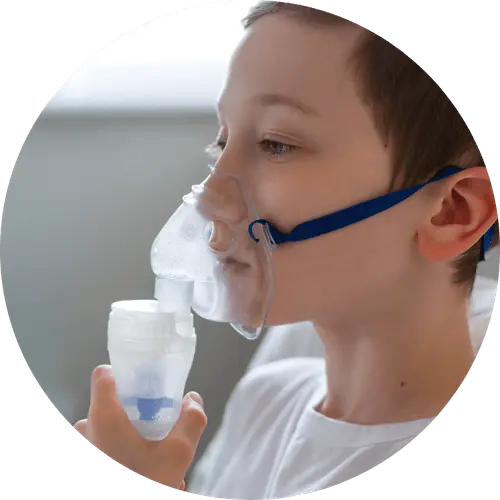
Chronic obstructive diseases, such as chronic obstructive pulmonary disease (COPD) and chronic asthma, are characterized by airway obstructions, causing difficulty in exhaling air from the lungs.
Available soon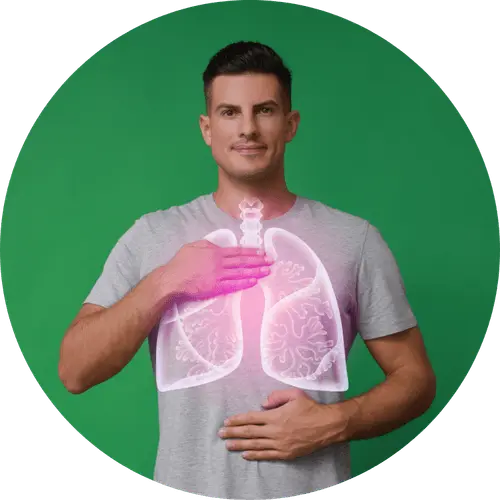
Interstitial diseases affect the interstitial tissue in the lungs, causing inflammation and scarring. An example of this category is idiopathic pulmonary fibrosis.
Available soon
Pulmonary vascular diseases, such as pulmonary hypertension, involve increased pressure in the pulmonary arteries, which can cause difficulty in pumping blood to the lungs.
Available soon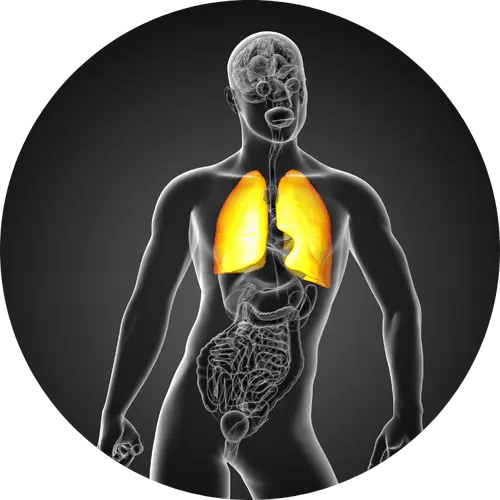
Inflammatory diseases, such as chronic pneumonia and granulomatosis with polyangiitis (GPA), are characterized by prolonged inflammation of lung tissue.
Available soon
Obstructive lung diseases, such as sleep apnea syndrome and acute respiratory distress syndrome (ARDS), interfere with airflow through the airways, affecting normal breathing.
Available soon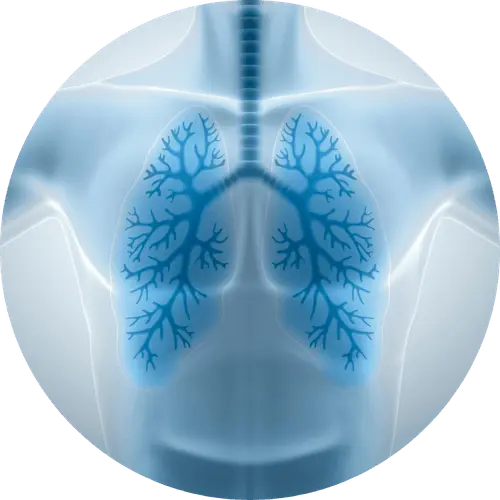
Respiratory neuromuscular diseases, such as spinal muscular atrophy and myasthenia gravis, result from neuromuscular disorders that impact respiratory function.
Available soon
Congenital conditions, such as bronchopulmonary malformations and bronchopulmonary dysplasia, are present from birth and affect normal lung development.
Available soon
Lung diseases associated with occupational exposure, such as lung diseases caused by the inhalation of dust and chemicals, result from exposure to harmful substances in the workplace.
Available soon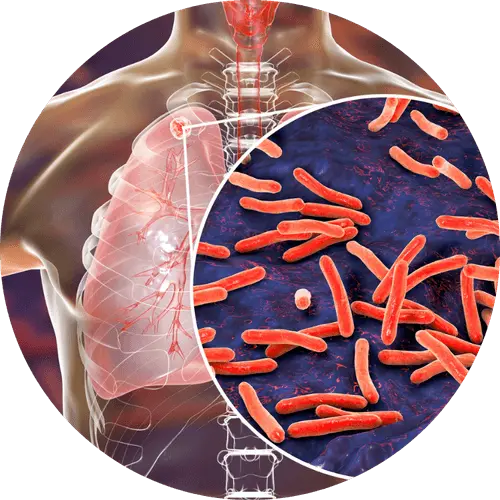
Chronic infectious lung diseases, such as pulmonary tuberculosis and bronchiectasis, result from persistent infections that affect the airways and lungs.
Available soonChronic respiratory diseases encompass a broad spectrum of conditions that affect the airways and lungs. Understanding these conditions is crucial for those who experience them on a daily basis, as well as for their loved ones. In this guide, we will explore the main families of chronic respiratory diseases, discuss associated symptoms and pain, estimate the global impact of these diseases, and finally, share some strategies for improving quality of life.
Chronic obstructive diseases, such as Chronic Obstructive Pulmonary Disease (COPD) and chronic asthma, are characterized by airway obstructions. Sufferers may experience a feeling of shortness of breath, a persistent cough, and difficulty exhaling completely.
Interstitial diseases affect the tissue between the lung alveoli, causing inflammation and scarring. An example is Idiopathic Pulmonary Fibrosis, which causes a gradual decrease in lung capacity.
Pulmonary vascular diseases, such as pulmonary hypertension, increase the pressure in the pulmonary arteries, causing the heart to have difficulty in pumping blood to the lungs.
Conditions like Chronic Pneumonia and Granulomatosis with Polyangiitis (GPA) involve prolonged inflammation of lung tissue, which can lead to recurrent infections.
Sleep Apnea Syndrome and Acute Respiratory Distress Syndrome (ARDS) hinder airflow, impacting normal breathing.
Conditions such as Spinal Muscular Atrophy and Myasthenia Gravis result from neuromuscular disorders that affect respiratory function.
Bronchopulmonary malformations and bronchopulmonary dysplasia are present from birth, affecting the normal development of the lungs.
Inhaling dust and chemicals in the workplace can cause pneumonia, underlining the importance of workplace safety.
Pulmonary Tuberculosis and Bronchiectasis are examples of persistent infectious diseases that affect the airways and lungs.
Symptoms of chronic respiratory conditions vary, but some are common. Shortness of breath, persistent cough, wheezing, increased fatigue, and chest pain may indicate a chronic respiratory problem. It is essential to differentiate a simple fleeting cough from a more serious condition that requires medical attention.
According to the World Health Organization (WHO), chronic respiratory diseases are one of the main causes of death in the world. In France, millions of people live with these conditions, and globally, the numbers are even more significant. These diseases not only affect the quality of life of individuals, but they also place a considerable economic burden on health systems.
Early diagnosis is essential for the management of chronic respiratory conditions. Regular follow-up with a health professional can help adapt treatment according to the evolution of the disease.
A balanced diet, adequate physical activity, and stopping smoking are crucial elements in maintaining good lung health.
Apps like “Ouch!” can be valuable allies. They allow for daily monitoring of symptoms, provide useful information, and offer a supportive community of expert patients.
Understanding the disease is key. Educating patients, their families, and the general public contributes to raising awareness and fighting the stigma associated with chronic respiratory diseases.
Living with chronic respiratory illness can be a challenge, but with the right support, a thorough understanding, and the right strategies, it's possible to live a fulfilling life. By adopting healthy lifestyles, staying informed, and taking advantage of available technological tools, everyone can contribute to improving their respiratory quality of life. Download the “Ouch!” app now for fun follow-up and interactions with a community of committed patients and experts. Together we can breathe easier.